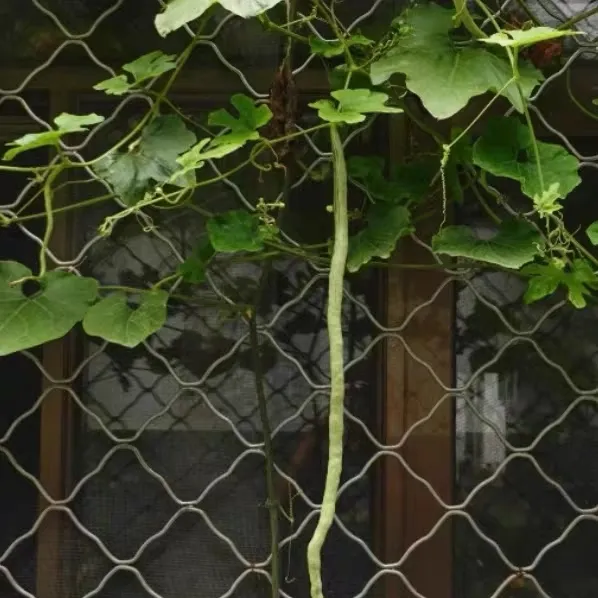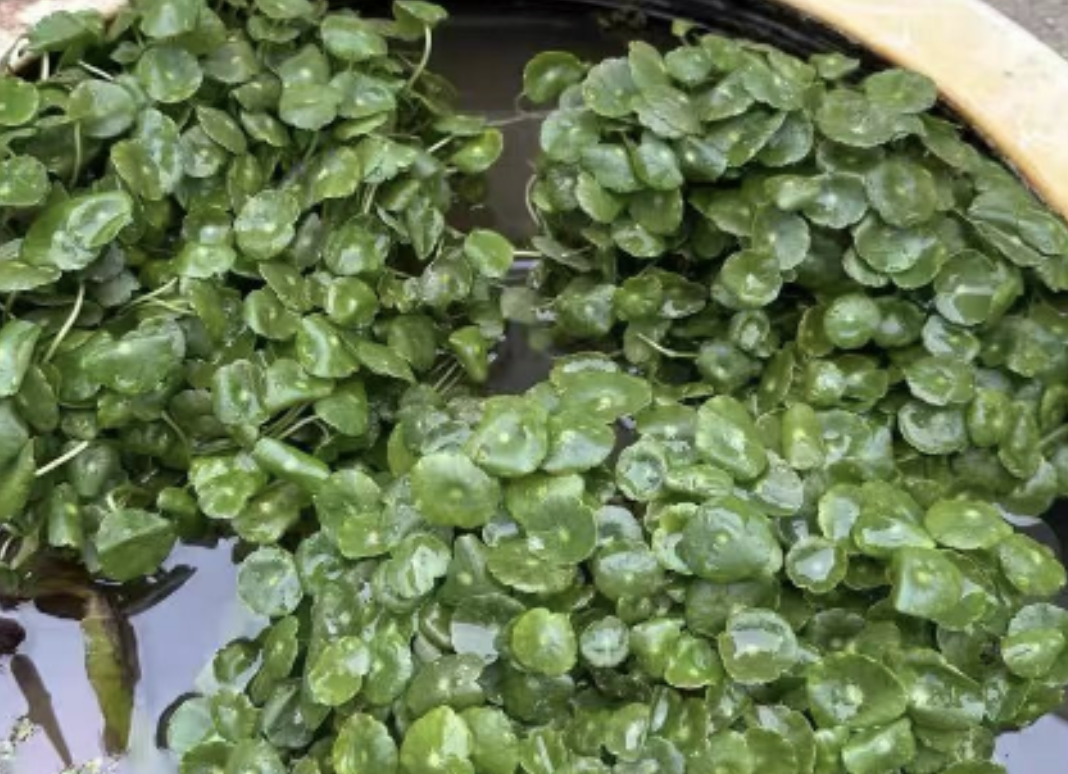# Key Points for Snake Gourd Cultivation
As a vine plant that thrives in warm and humid conditions, snake gourd has quite different growth characteristics from ordinary vegetables. To harvest robust snake gourds, it is crucial to focus on several core links: seed soaking and germination acceleration, seedling raising and transplanting, trellis building and vine guiding, water and fertilizer management, and environmental regulation. Especially for novice growers, improper handling of details often affects plant growth. Below, we will break down the key points of each link in detail based on the growth preferences of snake gourds.
## I. Seed Soaking and Germination Acceleration
The seed coat of snake gourd is hard; direct sowing makes it difficult for seeds to germinate and prone to rotting.
1. First, put the seeds into warm water at 30–35°C (a temperature that feels not scalding to the touch) and soak them for 6–12 hours. Stir the seeds 2–3 times during the soaking period, then fish them out once the seed coats become soft and swollen.
2. Wrap the seeds with a damp paper towel that does not drip water, place them in a sealed container with air holes, and keep the container in an environment at 25–30°C. Ventilate the container once a day to keep the paper towel moist. When the seeds show white buds (radicles) in 3–5 days, sow them in time.
## II. Seedling Raising and Transplanting
### (I) Container Selection
Choose breathable containers that are easy to remove the seedlings from, such as:
- Disposable plastic cups with 3–4 small holes drilled at the bottom;
- Woven bags cut to a height of 10–12 cm with holes drilled;
- Cleaned yogurt cups or soda cans with holes drilled.
### (II) Nutrient Soil Preparation
Prepare the nutrient soil by mixing the following ingredients:
- 50% garden soil (disinfected by exposing to the sun in advance);
- 30% decomposed organic fertilizer;
- 20% dry rice husks.
A small amount of antibacterial agent can be added if needed. Fill the container with the nutrient soil, leaving a 1–2 cm gap from the top of the container.
### (III) Transplanting
When the seedlings grow 2–3 true leaves, transplant them with the soil clod attached to the roots (to avoid root damage caused by pulling the seedlings). Place the soil clod in the planting hole and cover it slightly with soil. After transplanting, compact the soil gently and water thoroughly to help the roots take hold (this is called "root-setting water").
## III. Trellis Building and Vine Guiding
When the snake gourd vines grow to 30 cm in length, build a trellis 2.5–3 meters high:
- For small-scale cultivation, choose a fence trellis (with bamboo poles spaced 50–60 cm apart);
- For large-scale cultivation, choose a shed trellis (with supports spaced 1–1.2 meters apart).
Use soft wire ties to fix the vines lightly to the trellis, and guide the vines to climb regularly to prevent them from tangling.
## IV. Water and Fertilizer Management
### (I) Fertilization
1. Seven days after transplanting: Apply a 0.2% urea aqueous solution (5 kg per mu, 1 mu ≈ 0.0667 hectares).
2. Twenty days after transplanting: Apply 10 kg of compound fertilizer (with a nutrient ratio of 15:15:15 for nitrogen, phosphorus, and potassium) plus 5 kg of biological potassium fertilizer.
3. Thirty days after transplanting: Supplement with 8–10 kg of compound fertilizer.
4. Later growth stage: Spray a 0.3% potassium dihydrogen phosphate solution on the leaves, once every 7 days, for a total of 2–3 times.
### (II) Watering
Keep the soil slightly moist. Check the soil moisture by inserting your hand 2 cm into the soil—if the soil feels dry at this depth, water thoroughly (avoid waterlogging).
- In summer: Water at least once a week, and choose to water in the morning or evening (to avoid high-temperature evaporation and root damage).
- On rainy days: Drain excess water in time to prevent root rot.
## V. Environmental Requirements
1. Temperature: The optimal growth temperature for snake gourd is 20–35°C. Growth slows down when the temperature is below 15°C, and frost damage occurs when the temperature drops to 10°C. In northern China, sowing should be done after April; in early spring, film mulching or small arch sheds can be used to keep the temperature stable.
2. Light: Choose a sheltered and sunny location for planting, ensuring the plants receive at least 6 hours of sunlight per day.
What Key Points Should Be Mastered for Snake Gourd Cultivation?

Share with
Tagged in :




Leave a Reply